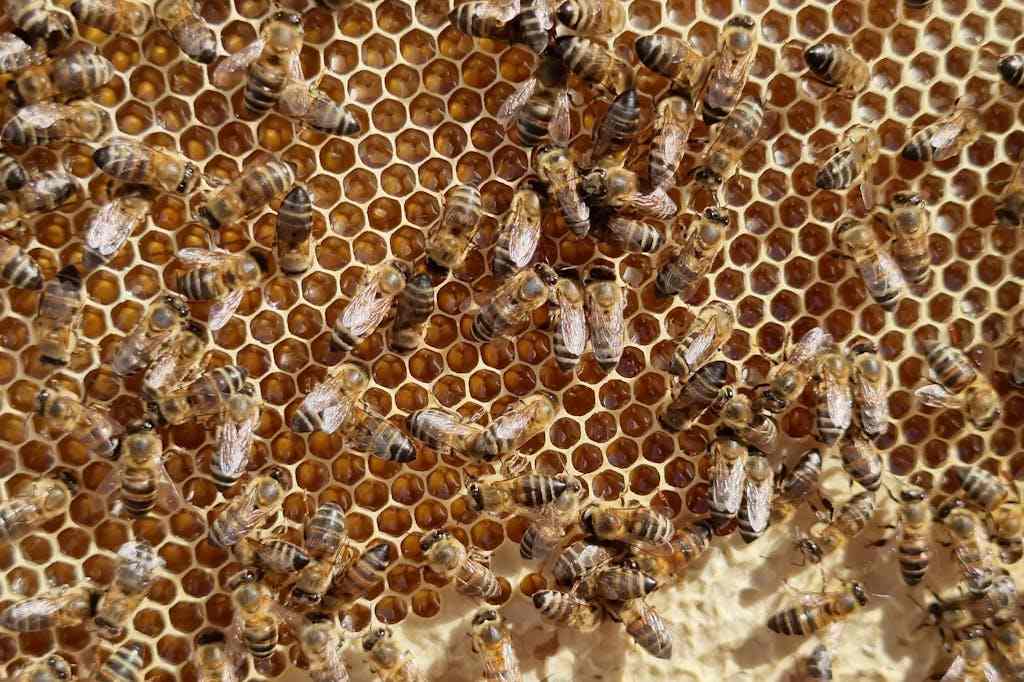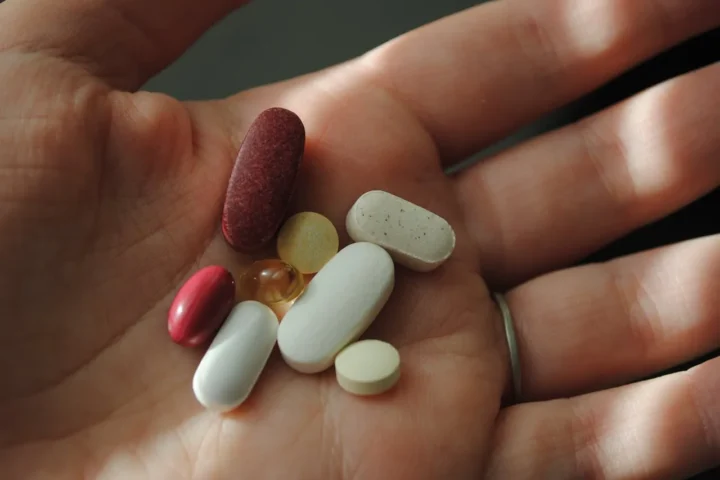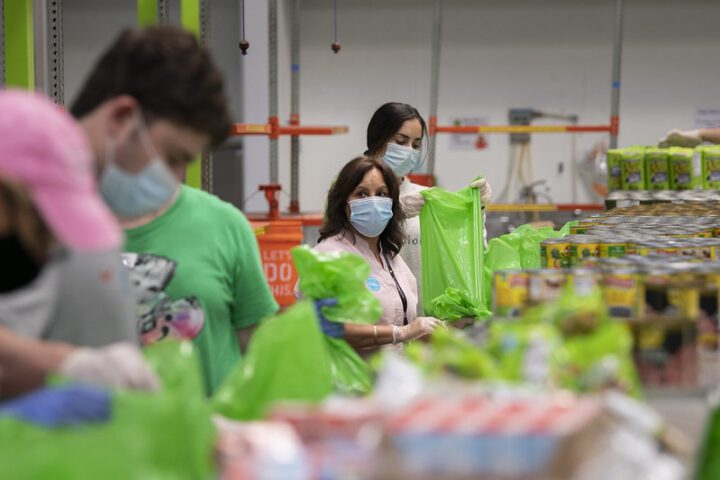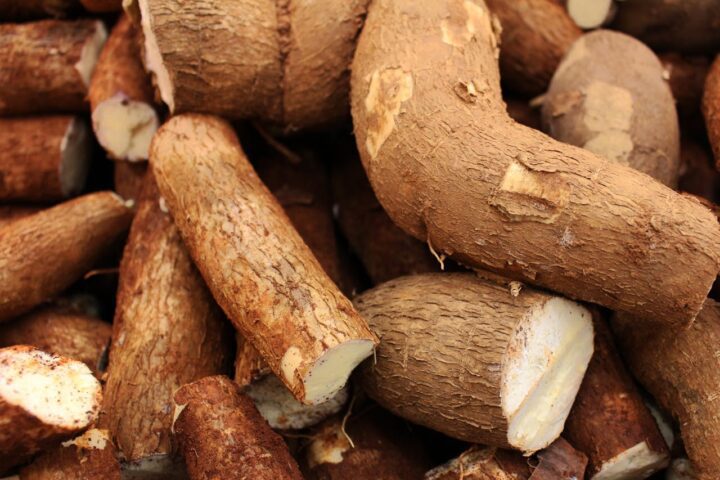Australian scientists have found a potential new ally in the fight against hard-to-treat infections – honey from tiny native stingless bees that packs a powerful germ-killing punch, even after years of storage.
Research from the University of Sydney shows that honey produced by Australian “sugarbag bees” contains natural antimicrobial properties that remain effective even after heat treatment and long-term storage – some samples still working after 18 years. This makes it dramatically different from regular honey, whose germ-fighting power often fades over time.
“Given the growing challenge of antibiotic resistance, our findings suggest stingless bee honey could complement, or provide a valuable alternative to, synthetic antibiotics,” said lead researcher Dr. Kenya Fernandes from the University of Sydney.
The study, published in June 2025, tested honey from three species of tiny native bees (Tetragonula carbonaria, Tetragonula hockingsi, and Austroplebeia australis) against common infection-causing microbes. The honey effectively fought both bacteria that cause skin and intestinal infections as well as fungi responsible for various skin problems.
What makes this honey special is its two-pronged attack against germs. Unlike regular honey, which relies mainly on hydrogen peroxide to kill bacteria, stingless bee honey works through both hydrogen peroxide and additional compounds that researchers are still identifying. When scientists removed the hydrogen peroxide, the honey still killed germs – suggesting something inherent in the honey itself provides this benefit.
“The antimicrobial activity is consistent across all sugarbag samples tested, unlike honeybee honey, which can vary significantly based on seasonal changes and floral sources,” explained Professor Dee Carter, who co-authored the study. This consistency means every batch would deliver reliable germ-fighting power – crucial for medical use.
Similar Post
The honey showed particular promise against Trichophyton interdigitale, a fungus that causes athlete’s foot and nail infections that are increasingly resistant to conventional treatments. It also effectively fought Staphylococcus aureus (including strains responsible for serious skin infections) and Escherichia coli, which causes food poisoning and urinary tract infections.
Most importantly, microbes don’t easily develop resistance to honey as they do with conventional antibiotics. This is because honey attacks germs through multiple mechanisms rather than a single pathway, making it harder for bacteria to adapt and survive.
For people suffering from infected wounds, diabetic ulcers, or persistent skin infections, this honey could eventually provide a natural treatment option when conventional antibiotics fail. The honey could be incorporated into wound dressings, creams, or specialized medical-grade preparations.
Indigenous Australians have long used this honey to treat skin problems and sores – knowledge that modern science is now validating. “This is another example of traditional wisdom proving its value through scientific testing,” Dr. Fernandes noted.

The main hurdle to widespread use is limited supply – each tiny stingless beehive produces only about half a liter of honey annually. However, these hives need less maintenance than regular beehives, meaning beekeepers could potentially manage more of them.
“With proper incentives, it’s feasible to cultivate more hives for commercial production,” said Dr. Ros Gloag, another researcher involved in the study.
The regulatory path is already clear – in 2024, Food Standards Australia New Zealand approved native stingless bee honey for commercial use. Companies could soon develop specialized medical products from this honey, creating high-value treatments from small quantities.
For consumers worried about antibiotic resistance making common infections more dangerous, this research offers hope that nature may provide solutions where synthetic drugs are failing.


















